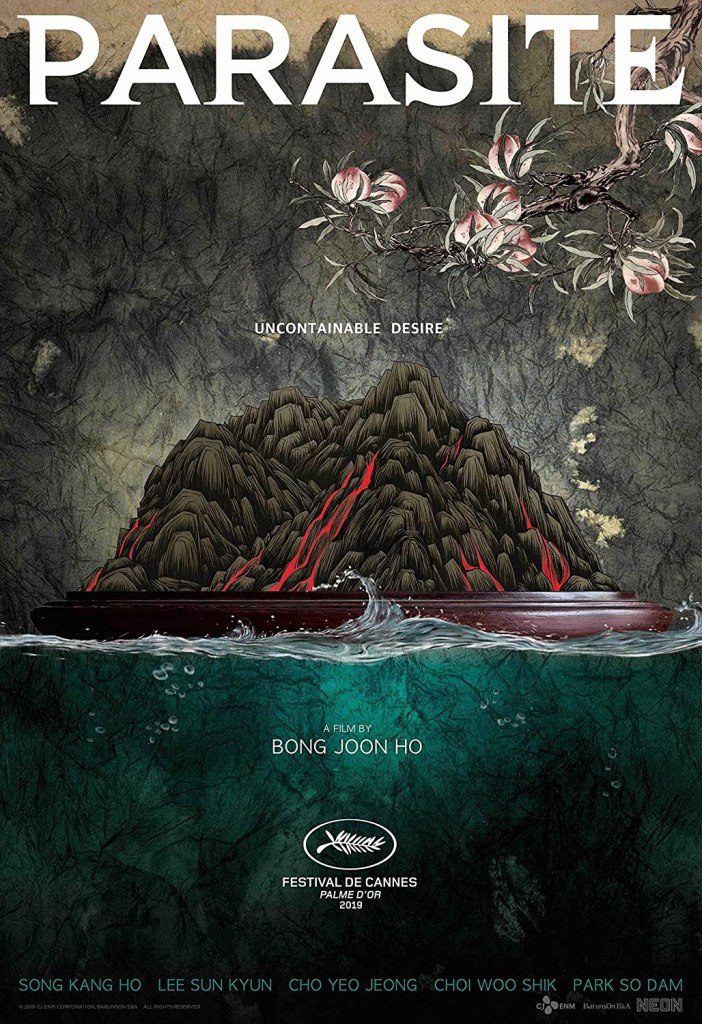
The parasite is a film that is inevitably mind-blowingly awesome, which would leave even the most verbose enthusiast speechless!.
The movie was celebrated all over the world for its nuanced take on social inequality and making its way to Oscar’s history as the first foreign language winner of best picture. But Bong Joon Ho’s ( director ) scathing critique of modern society goes way beyond its riveting plot points.
Plot and title
Parasite centers around the abjectly poor but cunning Kim family who dream of escaping their filthy semi-basement they scam their way into the lives of the very wealthy park family innovating methods to find work as a tutor, chauffeur, art therapist, and housekeeper for most parts things went smoothly until they found out they’re not the only one beguiling the family, the former housekeeper husband has been staying in the house hidden bunker for year’s to hide from debt collectors.
Tensions between the two working-class families mount and everything descents down at a very bloody birthday party leaving several deaths, after stabbing Mr park, Mr. Kim retreats into the same bunker to hide avoiding the foreseeable future, meanwhile the Kim son fantasies about buying the house and freeing his dad.
Title
The title parasite represents the way these four members of the lower class leach off the good nature and generosity of the Park family, but what is Bong trying to tell us in the aftermath is that the parks are also leaching off the lowers classes by living comfortably on the backs of their labor thus questioning the audience In late-capitalist society who are the parasites? the poor are surviving off the rich while the rich are living off the poor the middle class are busy making resumes
Cinematography and symbolic references
The film owes much of its success around the world to its reliance on cinematic language rather than the spoken language we examine two families on opposite sides of the economic spectrum and every cinematic tool has been used to contrast between the two.
The first shot of the film shows Kims semi-basement window with a glimpse of natural sunlight pouring through and the camera moves downward compare to that we see the park’s home, the camera is moving upwards to the modern home architecture into the full view of the sun we see that Bong ( director) has used the balance of light and darkness, natural and urban environment to signify their economic status
Most parts of the movies showed Kim’s family infiltration process following the same visual pattern upward towards light finding their host and again moving downwards into darkness until the revealing of the bunker where we descend to the lowest point with no sunlight and no hope it’s more of a prison than a home, but at least better than being dead.
The Kim’s got a taste of paradise to live among the rich before the rain flushed them right back down the parks are sanctioned from everything, not necessarily antagonists but rather they are disconnected from everyday life failing to see the harsh reality of the economically weaker section of the society.
Everything in the movie from clothing, hairstyle to the sad empty fridge, is used to indicate their stature as a family in the lower class, even their smell gives them the way but something never changes and that the dream that once lifted you can come back to haunt you.



0 Comments